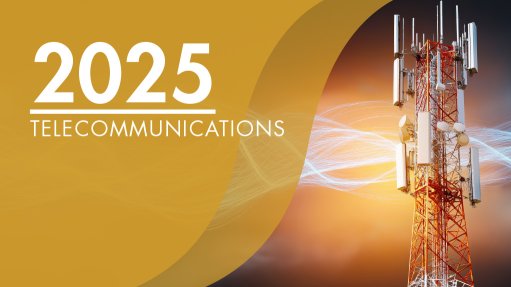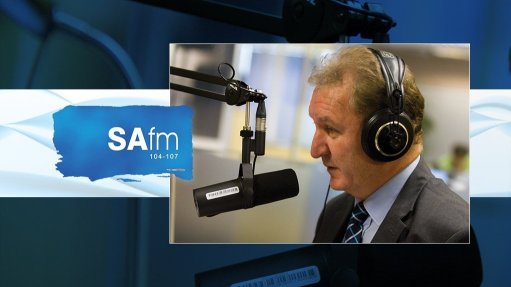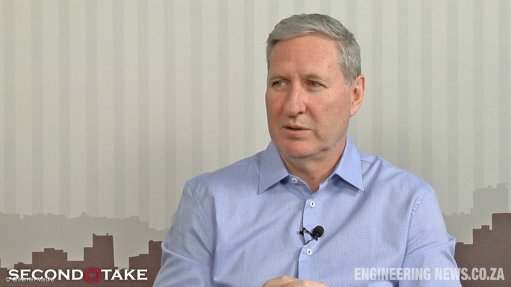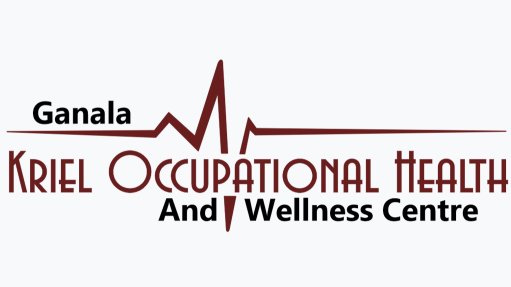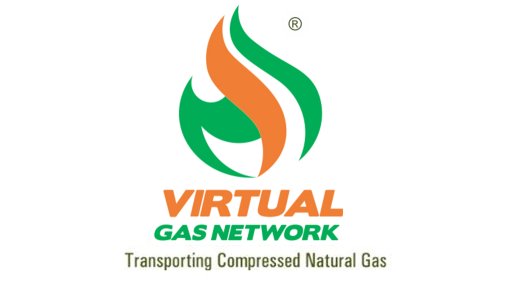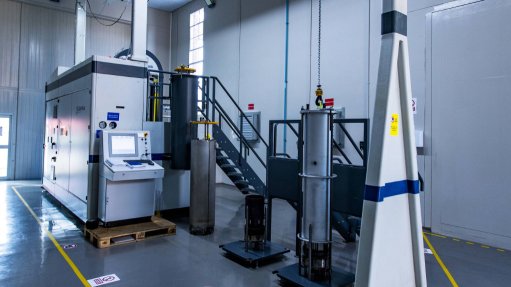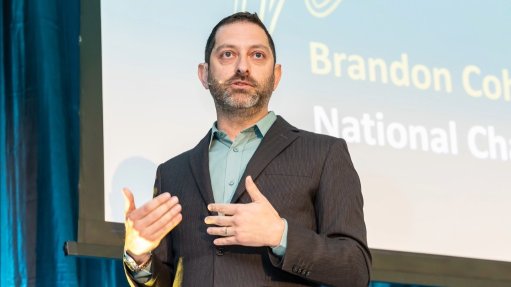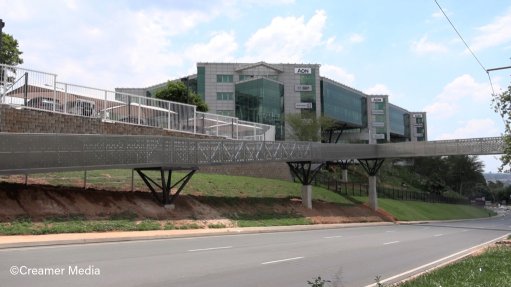Summit adopts resolutions to reverse South Africa’s water-sector decline
Several resolutions emerged from the National Water and Sanitation Indaba, held from March 27 to 28, to reverse the significant deterioration in South Africa’s water sector over the past few years.
The sector has faced numerous challenges – from aging and poorly maintained infrastructure to organised crime, water tankering and extortion mafia, as well as vandalism, corruption, the growth of informal settlements, financial mismanagement, revenue shortfalls, mounting sector debt, illegal water connections, overconsumption and high levels of physical water loss.
“The challenge of water in our country is an emergency,” said President Cyril Ramaphosa, pointing out that these issues were identified at the two-day Water Summit held in January 2024 and are consistently reflected in reports from the Municipal Strategic Self-Assessment, Statistics South Africa and the Auditor-General, besides others.
“What is needed is course correction – a comprehensive plan that will expand access to water and sanitation services, improve the quality of water and sanitation infrastructure and bring stability and good governance to all the entities involved in South Africa’s water stewardship,” he told the more than 800 delegates from national, provincial and local government and the private sector.
He called for a clear vision, strategy and plan – complete with clear timelines – to ensure South Africa’s water security well into the future. He also emphasised the need for greater cooperation between national and provincial government, water resource management entities and the private sector to support the turnaround in water stewardship.
The Indaba aimed to obtain consensus on delivery and implementation models, increase investment through financing options and ensure the financial viability of the sector, enhance and strengthen technical and operational capacity and efficiency, build partnerships through building water-sensitive and resilient communities, and fight criminality and corruption in the sector.
The subsequent ‘Water Security and Provision High Level Declaration and Resolutions’ document that emerged from the two-day indaba outlines key initiatives to reverse this deteriorating situation.
Under the theme of delivery and implementation models, the resolutions passed included the Department of Water and Sanitation’s (DWS’s) establishment of the National Water Resource Infrastructure Agency by mid-2026 and completion of catchment management agencies (CMAs) by July this year.
The DWS will also finalise amendments to the National Water Act, including legislating the use-it-or-lose-it principle for water-use licences, and submitting it to Parliament within six months. Additionally, it will finalise amendments to the Water Services Act and table them to Parliament by May this year, following which the department will establish an operating licensing system for water service providers (WSPs) by June 2026.
The declarations further stipulate that all water service authorities (WSAs) must implement a utility model – such as a ringfenced internal department, municipal entity, water board, special-purpose vehicle or concession – for water and sanitation to ensure operational efficiency while maintaining municipal ownership, within three years. Additionally, they are required to separate their WSA and WSP functions and account for them separately within a year, with council resolutions to be taken within three months.
By the end of this month, guidance on the different options for external WSPs will be available to WSAs upon request, and the DWS will issue guidelines on the roles and functions of WSAs and WSPs.
National government, including the Presidency, the National Treasury, the Department of Cooperative Governance and Traditional Affairs (Cogta) and the DWS, working with the South African Local Government Association, will review the intervention and support model for local government within two years.
Additionally, the DWS and the Association of Water and Sanitation Institutions of South Africa will develop a plan by the end of July 2025 to build water boards’ capacity and readiness to provide a retail WSP function to WSAs if requested, based on a capacity assessment of the water boards.
In terms of resolutions related to increasing investment through financing options and ensuring the sector’s financial viability, the declarations stipulate that all government departments must pay correct invoices from municipalities within three months, with the municipalities applying stringent credit control measures on government departments that do not pay.
Further, all WSAs are required to timeously pay their current invoices in full to the water boards, which, in turn, must pay their current invoices in full to the DWS, with both these resolutions taking effect immediately.
Meanwhile, the DWS and water boards are preparing to implement the approved debt write-off mechanism with qualifying municipalities, while the National Treasury is finalising the review of the funding model for local government.
The DWS will also implement its revised Raw Water Pricing Strategy by April 1, 2026, and establish, within three years, an independent economic water regulator to regulate water prices across the water value chain.
The declarations further dictate that, by May 2025, all WSAs and WSPs which do not yet have nonrevenue water programmes are to establish budgets for maintenance and for reducing leaks in water distribution systems; ensure that all reported leaks are fixed promptly; close illegal water connections; replace old leaking pipes, including asbestos pipes; improve the management of water systems; and strengthen metering, billing and revenue collection, including ensuring that billing systems are accurate.
All WSAs which have not yet ringfenced revenues from the sale of water for the water function are directed to take resolutions to their councils in this regard within six months, while the DWS will arrange provincial workshops with all WSAs in each province to develop a common understanding of what is meant by ringfencing.
Following the resolutions set out by the Water Indaba, and starting immediately, the declarations direct WSAs or WSPs to consider forming partnerships with the private sector, drawing on the support of the Water Partnerships Office (WPO), while the DWS and the WPO are working to develop Green and Blue Bond financing mechanisms with the private sector, for implementation by CMAs and WSAs.
Further plans include the DWS, the water boards and WSAs increasing their collaboration with the Infrastructure Fund to put in place more blended finance water projects over the next three years.
The DWS and the water boards are also set to develop additional non-commercial water provision partnerships with industrial sectors, such as the Olifants Management Model project in Limpopo with mining houses.
By the 2026/27 financial year, the DWS aims to have developed mechanisms to leverage private-sector finance using the Regional Bulk Infrastructure Grant and Water Services Infrastructure Grant.
The DWS and Cogta will also engage the National Treasury to review water and sanitation conditional grants with a view to addressing the challenge of maintenance of water and sanitation infrastructure within six months.
Under resolutions related to enhancing and strengthening technical and operational capacity and efficiency, the document outlines that all WSAs which have not yet submitted corrective action plans (CAPs) to address their Blue, Green and No Drop report results are to submit them to the DWS by end of May 2025, with those that have not yet started implementation of the CAPs to do so by June 2025.
All WSAs have been directed to establish plans to reduce demand within a year, through a combination of communication campaigns and stakeholder engagements aimed at behaviour change, water restrictions and tariffs and technical interventions such as flow restrictors, pressure management and leak reduction.
To improve water reliability, WSAs are required to implement leak detection and repair programmes, which will include improving leak repair turnaround times; prioritising the leaks resulting in the highest losses; and costing and implementing a programme of pipe replacement so that infrastructure remains within its design life.
Where water demand exceeds supply, WSAs are to enforce water restrictions and step- tariffs or punitive tariffs for high-volume non-industrial users with immediate effect, and the WSAs and WSPs which do not yet have water conservation and demand management programmes are to have these in place by May 2025, while climate change and disaster response plans need to be established within a year.
As crime and corruption significantly weigh on the water sector, the declaration outlined several initiatives aimed at fighting criminality and protecting assets.
This includes the establishment, within the next six months, of a national water and sanitation anticorruption forum by the DWS, in collaboration with Special Investigating Unit.
Further, all WSAs that do not have an infrastructure security strategy or plan to combat vandalism and theft of water and sanitation infrastructure are required to develop them within six months, while implementing community education and awareness programmes to raise the implications of theft and vandalism on water infrastructure.
Article Enquiry
Email Article
Save Article
Feedback
To advertise email advertising@creamermedia.co.za or click here
Comments
Press Office
Announcements
What's On
Subscribe to improve your user experience...
Option 1 (equivalent of R125 a month):
Receive a weekly copy of Creamer Media's Engineering News & Mining Weekly magazine
(print copy for those in South Africa and e-magazine for those outside of South Africa)
Receive daily email newsletters
Access to full search results
Access archive of magazine back copies
Access to Projects in Progress
Access to ONE Research Report of your choice in PDF format
Option 2 (equivalent of R375 a month):
All benefits from Option 1
PLUS
Access to Creamer Media's Research Channel Africa for ALL Research Reports, in PDF format, on various industrial and mining sectors
including Electricity; Water; Energy Transition; Hydrogen; Roads, Rail and Ports; Coal; Gold; Platinum; Battery Metals; etc.
Already a subscriber?
Forgotten your password?
Receive weekly copy of Creamer Media's Engineering News & Mining Weekly magazine (print copy for those in South Africa and e-magazine for those outside of South Africa)
➕
Recieve daily email newsletters
➕
Access to full search results
➕
Access archive of magazine back copies
➕
Access to Projects in Progress
➕
Access to ONE Research Report of your choice in PDF format
RESEARCH CHANNEL AFRICA
R4500 (equivalent of R375 a month)
SUBSCRIBEAll benefits from Option 1
➕
Access to Creamer Media's Research Channel Africa for ALL Research Reports on various industrial and mining sectors, in PDF format, including on:
Electricity
➕
Water
➕
Energy Transition
➕
Hydrogen
➕
Roads, Rail and Ports
➕
Coal
➕
Gold
➕
Platinum
➕
Battery Metals
➕
etc.
Receive all benefits from Option 1 or Option 2 delivered to numerous people at your company
➕
Multiple User names and Passwords for simultaneous log-ins
➕
Intranet integration access to all in your organisation




